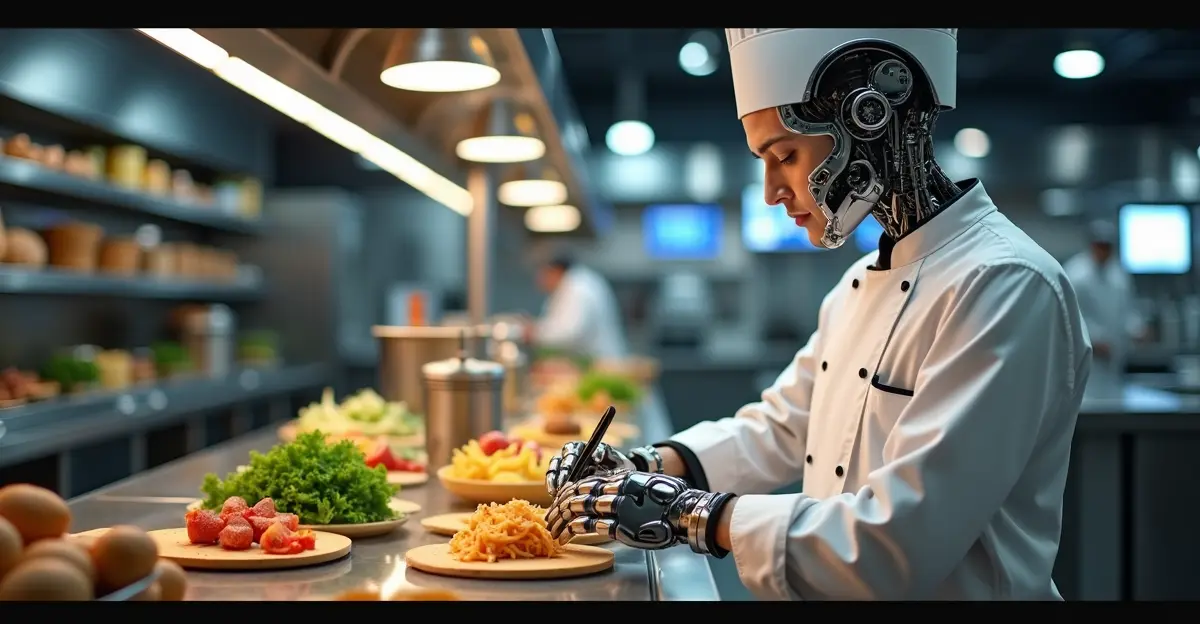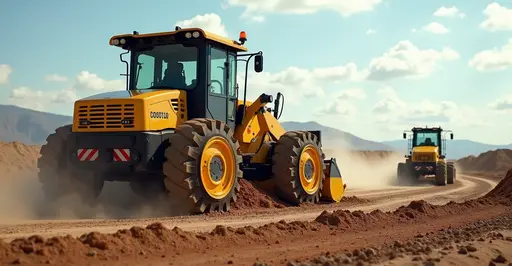
Robotic Revolution Hits Fast Food Kitchens
The fast food industry is undergoing a technological transformation as robotic chefs are being deployed across major chains to streamline operations and reduce costs. Companies like Miso Robotics have developed advanced systems like Flippy 2.0 that can handle multiple cooking tasks simultaneously, from flipping burgers to frying chicken.
How Robotic Chefs Work
These robotic systems use artificial intelligence and computer vision to identify food items, monitor cooking progress, and ensure consistent quality. Flippy ROAR (Robot-on-a-Rail) can move along a track system to access multiple cooking stations, handling tasks that traditionally required human labor. The robots can work 24/7 without breaks, maintaining consistent food quality and reducing human error.
Cost Savings and Efficiency Gains
Restaurant chains report significant cost reductions through automation. Labor costs, which typically account for 25-30% of restaurant expenses, can be reduced by up to 50% with robotic systems. The robots also minimize food waste through precise portion control and reduce energy consumption by optimizing cooking times.
Major Chains Adopting Automation
White Castle has implemented Flippy robots in over 100 locations, while Jack in the Box and Chipotle are conducting trials. CaliBurger, which pioneered the technology, uses robotic systems in 50 locations worldwide. The technology is particularly valuable for handling repetitive, high-volume tasks like frying and grilling.
Impact on Workforce
While automation reduces the need for certain kitchen positions, it creates new roles in robot maintenance, programming, and supervision. Many chains report that employees can focus more on customer service and quality control rather than repetitive cooking tasks.
Future of Food Service
Industry experts predict that robotic automation will become standard in fast food kitchens within the next decade. The technology continues to evolve, with newer systems capable of handling more complex food preparation tasks and integrating with digital ordering systems for seamless operation.

 Nederlands
Nederlands English
English Français
Français Deutsch
Deutsch Español
Español Português
Português








